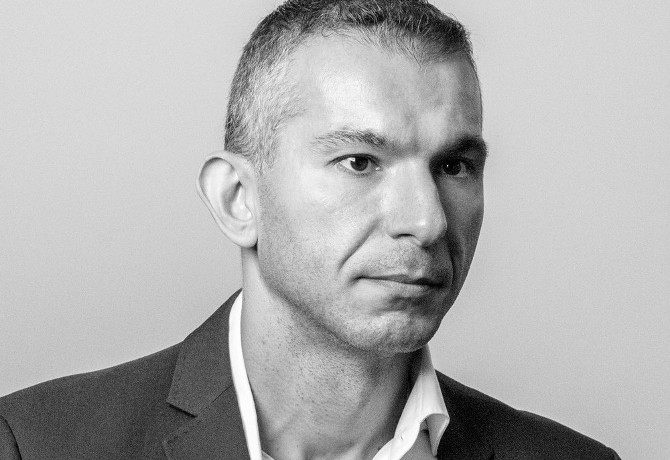The relationship between consumers and brands has changed and been disrupted, writes George Musi, SVP, head of analytics and insight at Blue 449.
This year marks the show’s fiftieth anniversary of the Consumer Electronics Show (CES), arguably the most important tech show of the year – not least because it serves as a showcase and springboard for innovation and emerging and disruptive technologies.
Mobility, the connected world – smart TVs, cars, smart homes and much more – and intelligence driven by advances in artificial intelligence, such as machine learning, natural language processing, big data and analytics (more importantly, the convergence of these areas) are more prominent themes and focus areas than at any previous CES.
Devices of all types keep getting smarter and the number of connections between them grows in size and variety.
There is no arguing that the advertising landscape is evolving at an extraordinary pace, influenced largely by two factors: media proliferation, fragmentation and technology, and population shifts. We have a younger, more diverse, more tech-savvy consumer base.
The changes in media, channels and technology have introduced an assortment of new opportunities to interact with consumers and make connections between advertisers and consumers. Just look at augmented reality (AR), virtual reality (VR) and mixed reality (MR).
Unprecedented access
The succession of media innovations and have led to the fact that consumers now have unprecedented access to media, information, services and entertainment media on their terms. We’re experiencing a golden age for consumer choice and control.
Consumers live in a world where infinite devices, apps, screens, channels and content, are all competing for their finite time and attention. They are now bombarded with thousands of messages on a daily, even hourly basis – many at the same time – and find themselves in advertising overload, and paying less attention to marketing efforts.
The relationship and the interaction between consumers and brands has changed and been disrupted. The remaining mass, heterogeneous audiences have been splintered into a set of smaller, niche and more on-demand groups.
Although the media ecosystem has changed, an advertiser’s fundamental marketing objectives have not changed. Marketers still need to deliver the right message, to the right person, at the right time, in the right place and context to influence their perception and drive them to the desired action.
However, achieving the right balance has become much more of a complex task.
The marketplace dynamics are right for media agencies to become strategic advisers, partners, consultants and collaborators, who focus on integrating the systems, processes, and people required to address a brand’s unique business and marketing challenges.
As I think of clients today, I focus on two important strategies by doing the follow.
Operating at the intersection/nexus of:
- Data (Where consumers are, where they have been, what are they doing?)
- Measurement (What to measure, how to measure, the best ways to make it happen?)
- Analytics (What does the consumer care about, responding to or engaging with?)
- Media (Is the consumer watching TV, on a phone or tablet etc?)
- Creative (Who are we trying to reach? What is the context? What behaviour are we trying to drive?)
- Ideas (Uncover a piercing insight, birth a distinct, clear or powerful idea)
- Technology (Make a decision, get the media, get the creative)
Being part:
- Business and marketing consultants
- Marketing scientists
- Data translators
- Insight generators
- Storytellers
- Consumer experience architects
- Consumer psychologists
- Media and cultural anthropologists
The goal is two-fold.
One, to integrate media and creative to construct the right, seamless integrated and connected experience for consumers at each stage of the decision-making journey. This should be brought to life by content, ensuring to maximise its distribution, discovery and utility. It must stand out in this complex, cluttered media environment, and invite and foster engagement, and be continually optimised using data.
Two, to harness the collective minds and the wisdom of crowds through multi-specialists experts via our open source collaboration engine. It must ‘connect the dots’ across multiple data sources and triangulate learnings to enlighten, empower and enable timely, smarter decisions across the campaign life cycle and consumer decision journey to drive relevance, scale and performance
The continually evolving media and advertising ecosystem (and CES provides a really good pulse) is forcing agencies to morph, adapt and embrace change to deliver on the entire sphere that encompasses marketing and business, continue to add value, and (now, more than ever,) prove their results.
I think that Charles Darwin put it best…
“It is not the most intellectual of the species that survives; it is not the strongest that survives; but the species that survives is the one that is able best to adapt and adjust to the changing environment in which it finds itself.”








